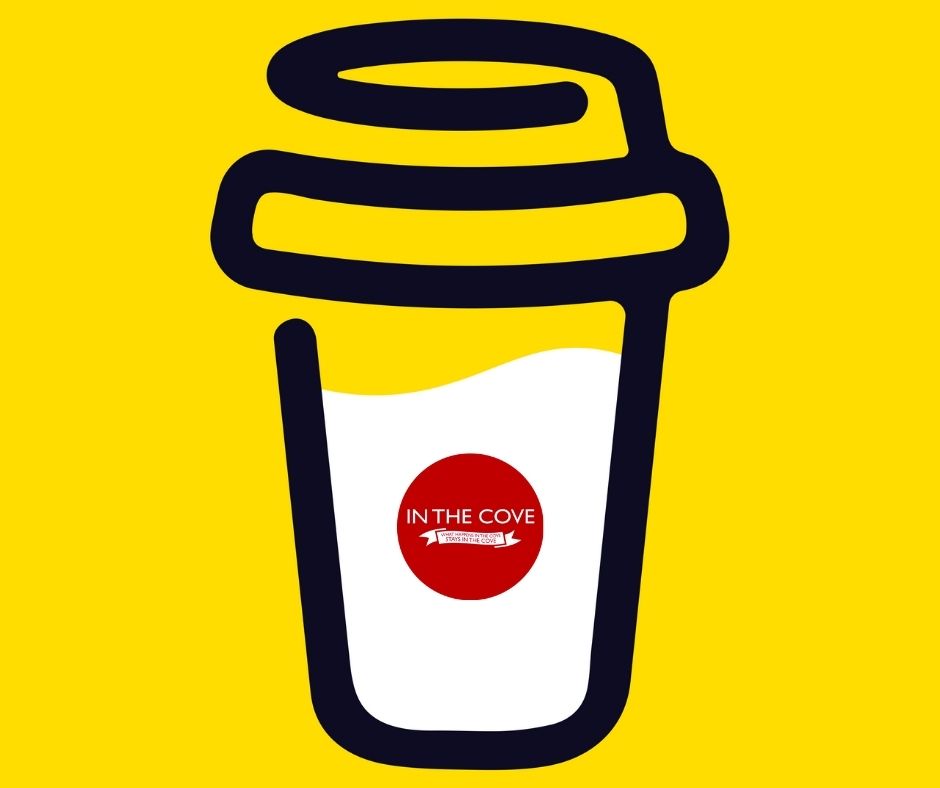During the COVID19 lockdown, many Lane Cove residents sought out sourdough starter kits. Baking sourdough became a popular pastime for locals to channel their creativity and fulfil the boredom of months stuck at home, filling their days with a rewarding culinary endeavour.
Google searches for sourdough bread increased by 400% between March and April 2020.
Sourdough baking did not stop, when the lockdown finished, and we still see posts asking for sourdough starters (usually when someone’s partner has accidentally thrown out the prized starter) on Lane Cove Chat by ITC. Some locals stopped baking their own sourdough but changed their purchasing habits to buy sourdough bread.

What is Sourdough?
Sourdough is popular due to perceptions about it being healthier, with its long fermentation process and limited added ingredients.
Researchers Jaimee Hughes and Associate Professor Sara Grafenauer from UNSW Medicine & Health, in research published in the International Journal of Food Sciences and Nutrition, have revealed that sourdough may not be the healthiest choice when selecting bread unless it is made from whole grains.
Through their research, Jaimee Hughes and Associate Professor Sara Grafenauer found that whole grain bread was still the healthier choice, with many Sourdoughs on the market filled with non-traditional additives.
“Sourdough bread should be flour, water, salt and that’s it,” said Grafenauer.
This list of ingredients is backed up by Duane Mellor Lead for Evidence-Based Medicine and Nutrition, Aston Medical School, Aston University in his recently published article in The Conversation, where he notes:
“But many supermarket bread labelled “sourdough” may not be traditionally made. One of the problems is a lack of legally recognised definition for soughdough bread. In some countries it can only contain flour, water and salt (maybe with a little oil), but in others it can contain yeast to speed up fermentation and proving – and even additives. So if you’re looking for a real, traditional sourdough loaf, check that it only contains flour, water and salt.”
Jaimee Hughes and Associate Professor Sara Grafenauer’s research found that 83% of sourdough products sold in supermarkets contained ingredients not traditionally found in sourdough bread. These included added yeast, emulsifiers, preservatives, and stabilisers.
“You may think that you’ve got a beautiful sourdough bread, but it’s actually got a whole range of other ingredients added to it,” Grafenauer said.
The research team also found discrepancies in the fermentation process, ranging from as little as eight hours to 72 hours, which alters the nutrition quality.
“In Australia, there is no guidance on the definition of sourdough,” raising the importance of scrutinising bread choices carefully and remembering sourdough isn’t always the healthiest option.
In a cost of living crisis, with many households trying to reduce their spending, this information is vital in weighing up your bread choice, with sourdough products generally being more expensive.
“If someone is confused about what bread to choose, whole grain is the best choice,” Grafenauer says.
Cover photo:Associate Professor Sara Grafenauer studied the ingredient lists, nutritional information and on-pack claims of bread products sold in Sydney supermarkets. Photo: UNSW.
Help Support Local and Independent News
You can support us in three ways:
- If you own a local business or a Lane Cove resident who owns a business, you can advertise with ITC – Email us here for our rates card.
- Buy the ITC team a coffee – our office is nearly every coffee shop in Lane Cove, and we regularly meet locals at coffee shops – buy the ITC team a coffee (or two) here.
- Become an ITC reader sponsor – Feel free to be a reader sponsor if you have enjoyed our local news coverage – no amount is too small or too big. Thank you so much to the people who have already supported us via our press Patreon account. Help Us Here.














